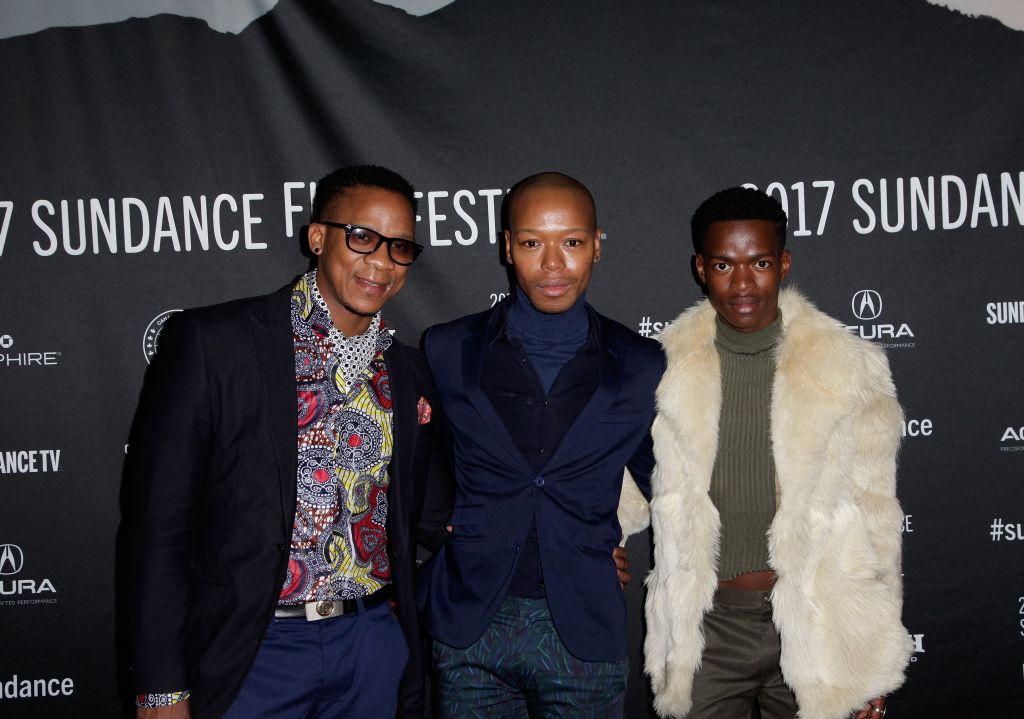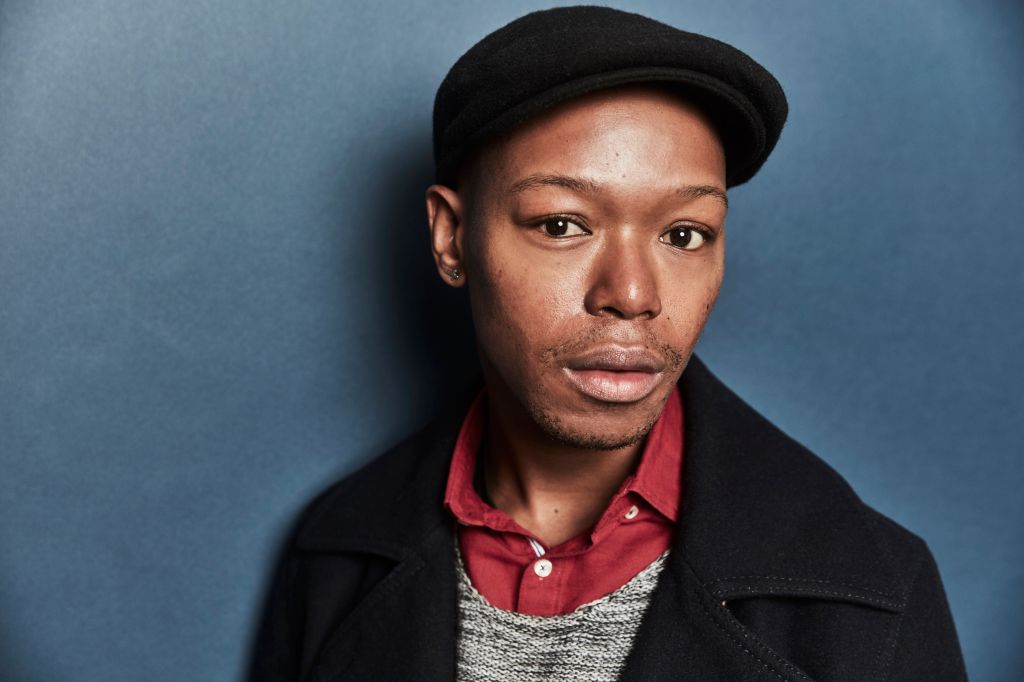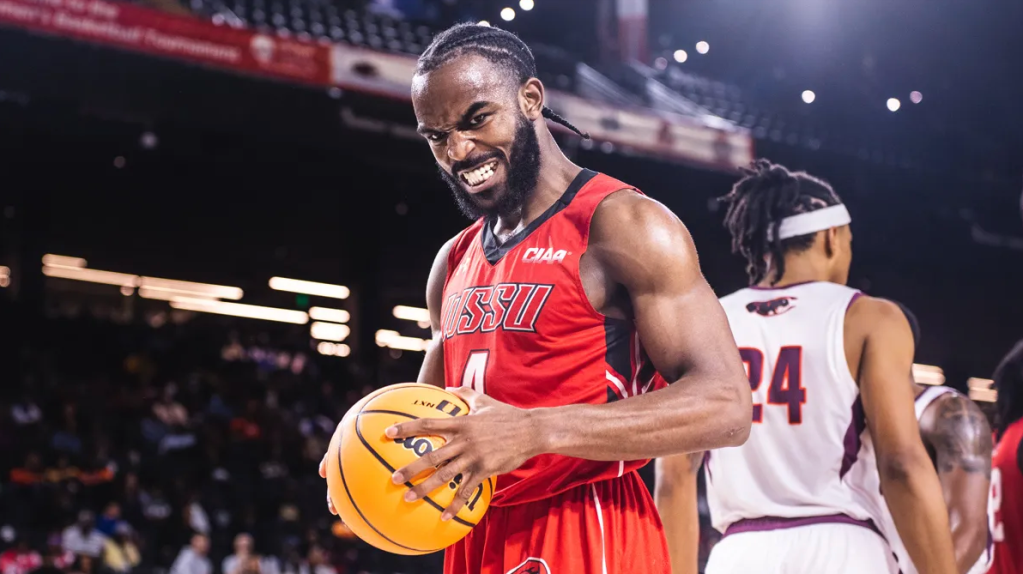
Source: Tibrina Hobson / Getty
There are the times in our lives in which, without expectation, unavoidable and disastrous failure occurs. These periods in our lives, however, can offer us the greatest potential for personal growth and transformation. This point is the premise of The Wound (Inxeba), directed by John Trengove.
The Wound, which is the second South African film to enter the Sundance Film Festival and is South Africa’s official entry for Foreign language film in this year’s Oscars, begins with a probing possibility, that of failure or transformation or both. Now streaming on Netflix, the physical wounds dramatized in the film serve as a valuable metaphor for the real and perceived trauma society, tradition and people inflict on Black boys and men.
If you follow Black Twitter, you might be aware that notions of Black manhood are cause for frequent debate. Conversations around patriarchy, masculinity and manhood are frequent among men and women. While The Wound fails to include the voices of women, it redeems itself from failure by refusing to continue posing the same questions: What is Black manhood? Can it be redeemed? Instead, it explores the most sacred space of masculinity, a beloved right of passage ritual, to depict the sources that create the inevitable unraveling of men. The film inevitably provides answers to so many of the questions posed about Black manhood in the public sphere.
In the United States, pain associated with circumcision increasingly deters parents from requiring infants from undergoing the cut of the knife. Yet in South Africa, Xhosa young men are believed to be men when, and only when, they endure the pain of circumcision by way of a ritual process, Ulwaluko, that can last up to three weeks. In Nelson Mandela’s autobiography, A Long Walk to Freedom, for example, he states “An uncircumcised Xhosa man is a contradiction in terms.” He goes on to write, “for he is not considered a man at all, but a boy. A boy will cry, but a man conceals his pain.” Readers can discern in Mandela’s words the universal conflict facing the idea of manhood across the world. Is manhood defined by the ability to be strong and welcome pain? Or is there space to redefine manhood that includes variant emotions?

Source: Maarten de Boer / Getty
Xolani, a leading character in the film, played by Nahkane Toure who won Best Actor in a Foreign Language Film at the 2018 Palm Springs Film Festival, single-handedly expresses the full range of these issues in his performance. He plays a former initiate who returns to the wilderness year after year as a caregiver. He believes he has found confidence and stability through his acceptance of the tradition. We first meet him in a loud factory where he is wearing noise cancellation headphones. There, he is focused and isolated from harm. He is unable to avoid disruption after assuming responsibility for Kwanda, played by Niza Jay Ncoyini, an initiate with an alternate worldview. He doesn’t believe the ritual, or traditional ideas of manhood, are worth the wounds they inflict. Kwanda’s father, an uncle figure to X, has forced him into the initiation process stating it was a choice between that or sending him to a hospital (to be cured of homosexuality). The emotive responses of Toure and Ncoyini are award-worthy. They do the work of demonstrating how despite social constructs the actions and words of boys and men have the potential for range.
The film inevitably provides answers to so many of the questions posed about Black manhood in the public sphere.
Toure and Ncoyini performances are not the only draw in The Wound, a roughly 85-minute story in which the first 20 minutes explores the reasons why each character has taken part in the ritual, including open-air express circumcisions, sex in the woods and multiple physical transgressions between the men. Throughout the film, nature itself provides a rhythm to the storytelling. The waterfall, including the mountain it is contained within, are places where the group of initiates and caregivers are tested. The land is a constant backdrop. It is home and strange terrain. It is the place where the characters make connections to one another and their ancestors; yet it is also the one element, unlike their wills and bodies, the boys can control. Each day they find themselves chopping wood to feed fires at night, taking baths in ponds and exploring the waterfalls. This backdrop again encourages viewers to ask, what are the things in life that are open to change?
Another main character is Vija, played by Bongile Mantsai, a dual protagonist and antagonist of traditional values. His character represents the grey areas of manhood; the space between long-established customs and unbridled ambition. His choices are central to the film’s development. Will he be a toxic force in the lives of Xoloni, Kwanda and his wife, or will he break with convention to create a new life for himself and the men he is intimately attracted to? In an open field covered in electric towers Vija, referring to Kwada, asks X, “The Kid’s a faggot isn’t he?” X responds, “So.” Vija then says, “I wouldn’t get too attached if I were you.” It’s a simple scene that unexpectedly complicates X’s life in ways he never imagined possible long after his own initiation into manhood. This scene is calling on men, as well as society as a whole, to choose our commitments in life. Will X associate with the lessons his initiate provides or will he stick to the life that has been a constant for him?
Real men are often described as being impacted by very little. The Wound illustrates the opposite…
In the U.S. we have had the opportunity to view movies such as Brokeback Mountain and Moonlight, stories that delve into manhood and sexuality. Unlike the filmmakers behind both films, the creatives behind The Wound faced death threats. Many in South Africa believe that the ritual itself, a secret ceremony to everyone except the men who successfully completed it, has been irrevocably tarnished by this movie. Yet the actors of Xhosa descent give viewers a glimpse into a tradition and provides the greater public with the language to debate the terms of the ritual, and its theology, on their own terms.
When I first heard about the debate it seemed the topics alone would be cause for anger, but after viewing the film for myself it is clear that the brilliance in which it is orchestrated has the potential to unravel the lives of all viewers married to tradition and toxic forms of masculinity in much the same way X’s life is complicated in the film. For once a question is asked, and there is no pretending an answer is not due. Real men are often described as being impacted by very little. The Wound illustrates the opposite, that men are impacted physically, mentally and spiritually by the very things we believe shield them.
















